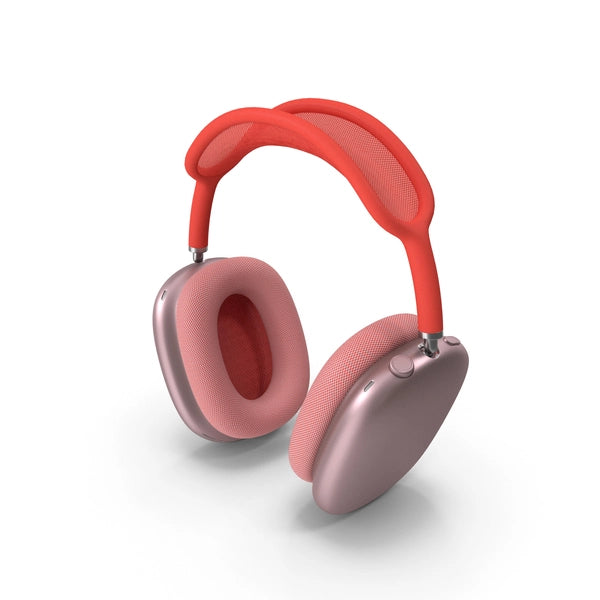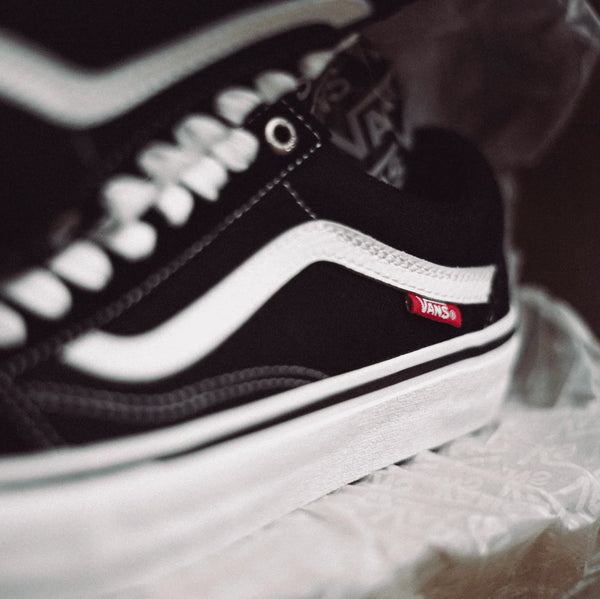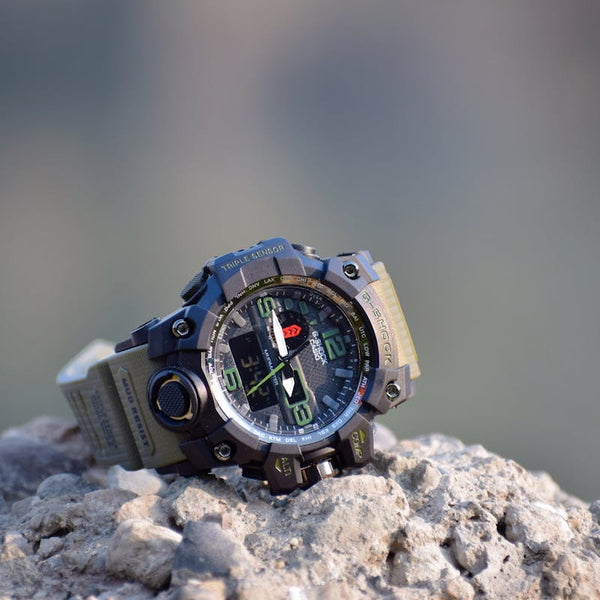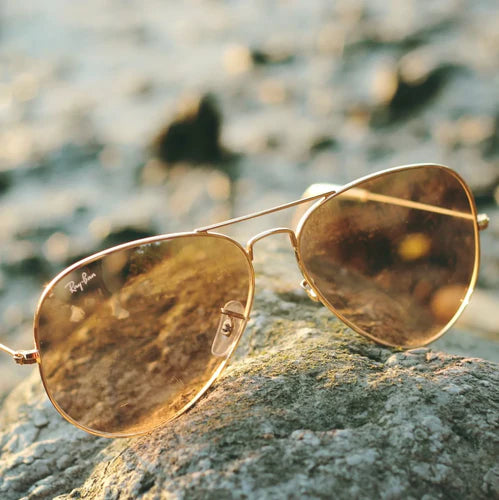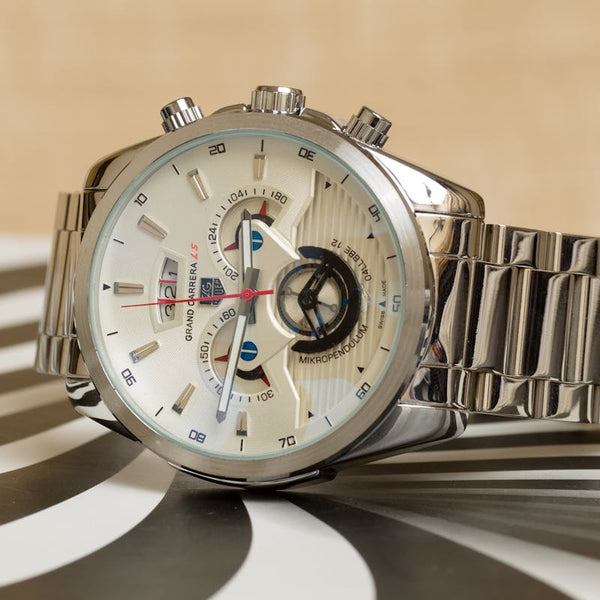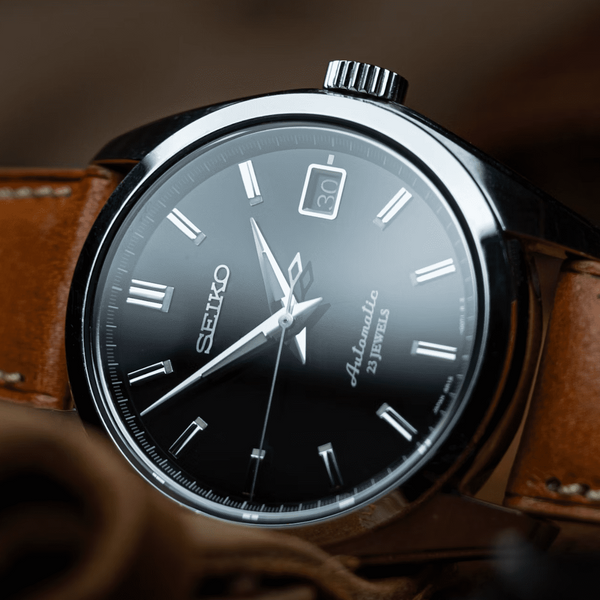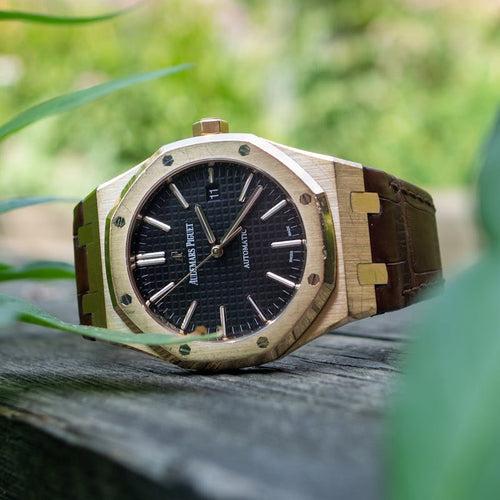How to Tell if a Designer Purse is Real vs. Fake

Designer purses are highly prized by fashion lovers, not only for their ability to enhance any outfit but also for their value as long-term investments. However, with the rise in counterfeit products, it’s more important than ever to be able to distinguish between real and fake items.
In this guide, we’ll explore the increasing issue of counterfeit goods and share expert tips on how to identify genuine designer handbags.
Table of Contents
[ open ]The Growing Problem of Counterfeit Manufacturers

Each year, millions of counterfeit designer handbags flood the market, diminishing the value of authentic products and tarnishing brand reputations. Counterfeiters have become more sophisticated, creating replicas so convincing that even experienced authenticators struggle to tell them apart. The counterfeit industry now generates over $500 million annually.
These fake bags are being sold through legitimate online platforms and stores, making it harder for consumers to ensure they’re purchasing authentic items. Learning how to spot fake designer bags is essential not just for protecting your investment, but also for preserving the integrity of the fashion world. By staying vigilant, you can avoid scams and help reduce the demand for counterfeit products.
Which Designer Bags Are Counterfeited Most Often?

High-end brands such as Louis Vuitton, Gucci, Chanel, and Hermès are some of the most commonly counterfeited. Their significant resale value makes them prime targets for counterfeiters, and their iconic designs are easily replicated, which makes it easier for fake manufacturers to produce convincing knock-offs.
How to Spot Real vs. Fake Designer Bags Like a Pro

Now that we’ve covered the scale of the counterfeit problem, let’s dive into how you can identify fake designer purses like a pro.
Original Packaging and Dustbag
Genuine designer bags come with premium packaging that reflects the brand’s prestige. Pay close attention to the box, tissue paper, and any other materials—poor-quality packaging is often a sign of a fake.
Authentic bags also come with a dust bag for protection when not in use. Check the quality of the dust bag, its stitching, and logo. Counterfeit dust bags are typically made of cheaper materials and may feature misspelled logos or brand names.
Certificates and Tags
Many designer bags come with authenticity cards or certificates. These should be printed on high-quality paper, with sharp, clear text and logos.
Examine any hang tags attached to the bag as well. Authentic tags feature consistent, high-quality printing, while fake tags often show smudging or uneven text.
Serial Numbers
Most designer bags feature a unique serial number. Be aware of where the serial number should appear on your specific brand and model.
Counterfeit bags may have serial numbers in the wrong location or none at all. Authentic serial numbers are precisely formatted with even spacing and clear engraving. Counterfeits often display irregular spacing, shallow engravings, or mistakes in the number.
Overall Feel and Look of the Bag
Inspect the materials used in the bag. Genuine designer bags are made from premium materials with flawless stitching. Counterfeit bags often use inferior materials and exhibit poor craftsmanship.
Check the brand’s logo, monogram, and other distinctive features. Authentic logos are sharp and consistently placed, while fake ones may have logo flaws, irregular spacing, or misspellings.
Genuine designer bags also feature high-quality metal hardware with precise engravings, while counterfeits tend to have lightweight hardware with minimal detail.
Stitching Quality
Look closely at the stitching. Authentic bags have neat, even stitching with no loose threads or imperfections.
Counterfeit bags may display uneven stitching, loose threads, or visible flaws. Pay attention to the thread color—authentic bags usually have stitching that either matches or complements the bag’s color, while counterfeit bags might use mismatched or incorrect thread.
Materials Quality
The quality of materials is key when authenticating designer handbags. Authentic bags are crafted from luxurious leather, canvas, suede, or exotic skins, offering both visual appeal and durability.
For leather bags, expect rich, textured leather with a distinctive scent and neat, even stitching on the seams. Canvas bags should feel thick, with perfectly aligned monogram patterns at the seams.
Suede should feel soft and velvety, with a consistent appearance and no signs of discoloration or fading. If the bag is made from exotic skins, the patterns should be seamless and flawless throughout.
Zipper Quality
Zipper quality is a crucial indicator of a designer bag's authenticity. Authentic designer handbags feature high-quality zippers that glide effortlessly without snagging. Check the zipper brand—designer bags often use premium brands like YKK or Lampo. Counterfeit bags may have zippers with misspelled or unfamiliar logos.
Examine the zipper hardware, including the pull tab and logo. The details should be crisp and well-defined. Inauthentic bags often have blurry or poorly executed logos. Some designer bags feature engraved logos or brand names on the zipper pulls—authentic engravings are clear and precise, while counterfeits may appear shallow or poorly executed.
Logos and Fonts
The logos and fonts on designer handbags are key to verifying authenticity. Counterfeiters often struggle to replicate logos and details accurately. The brand logo or monogram should be consistent, symmetrical, and precisely positioned on the bag. Logo size should match the designer's standard; fake bags may feature logos that are too large or too small.
Pay close attention to any embossed or printed brand names. Designer bags use specific fonts that are difficult to replicate, while counterfeits often display subtle differences in font style, spacing, or letter shapes.
Compare to Real Bags Online
A great way to avoid purchasing a fake designer handbag online is by comparing the item you’re considering with an authentic one. Start by researching the designer’s official website or authorized retailers to see the real product.
Visit the brand’s official website and examine product details, including materials, hardware, logos, and font styles. Take note of any unique design elements or features consistent with the genuine item.
Look at listings from authorized retailers, both online and in-store, to compare the bag against their offerings. Focus on the finer details.
Check user reviews and feedback from others who have purchased the same designer bag. Genuine buyers often share insights and close-up photos that can help you identify differences between real and fake products.
You may also want to use professional authentication services or join online communities dedicated to verifying designer items. Websites like Entrupy offer authentication services, and forums like PurseForum have members who can help confirm a bag’s authenticity.
Conclusion
When shopping for designer handbags online, it's important to stay vigilant and informed to avoid counterfeit products. Focus on the quality of materials, zipper condition, logo accuracy, font details, and overall craftsmanship.
By comparing the item to authentic bags and seeking professional authentication, you can feel confident investing in a genuine designer piece. Following these guidelines will allow you to enjoy designer fashion without the worry of buying a fake.

